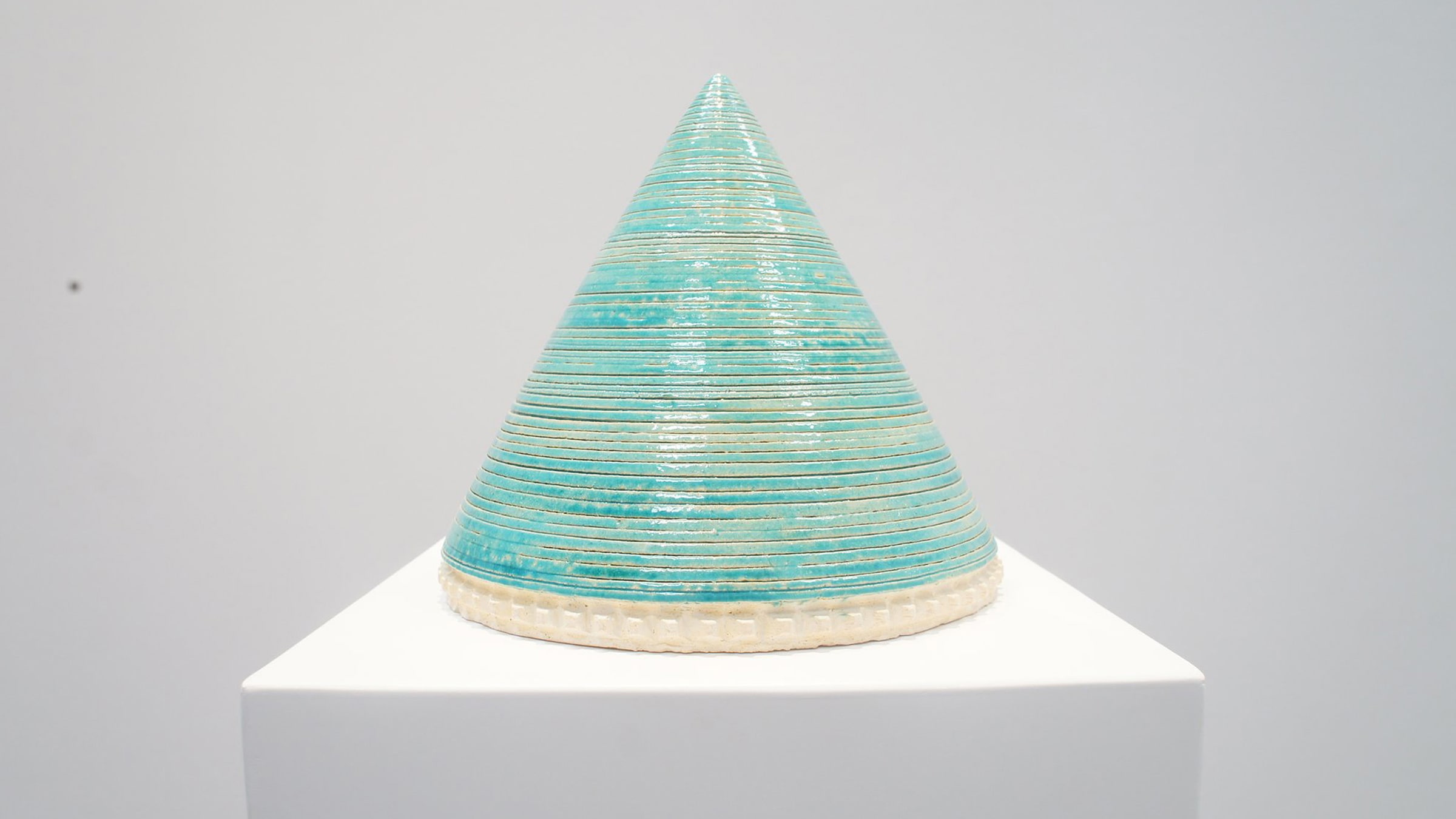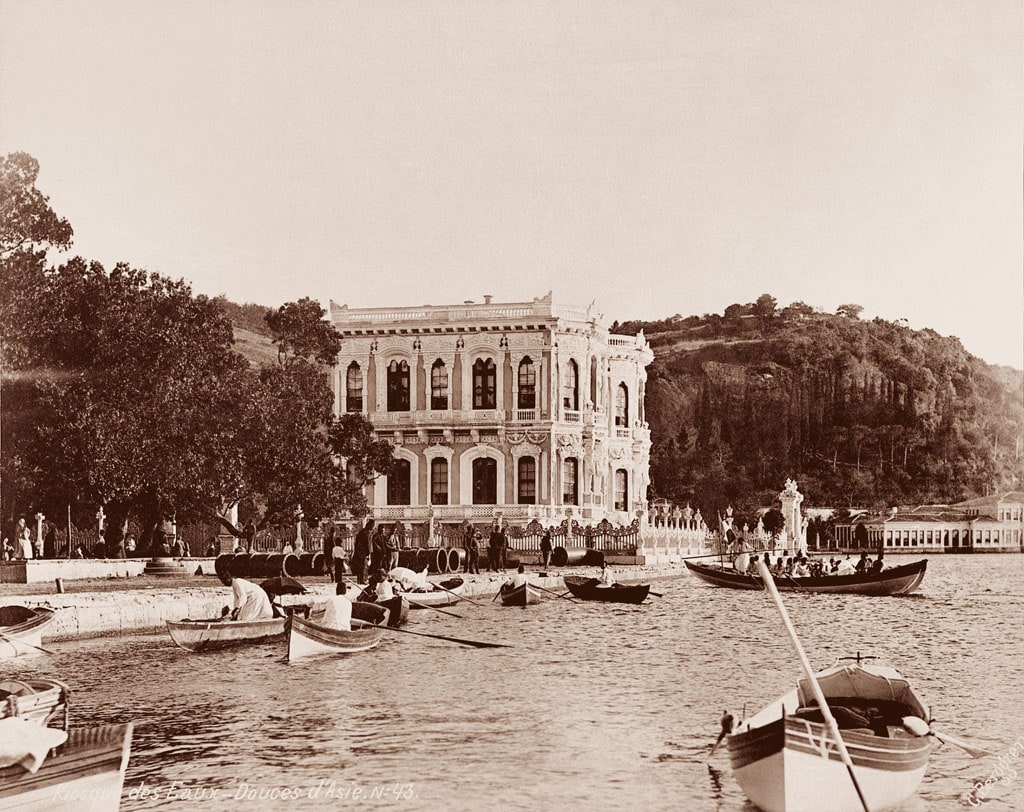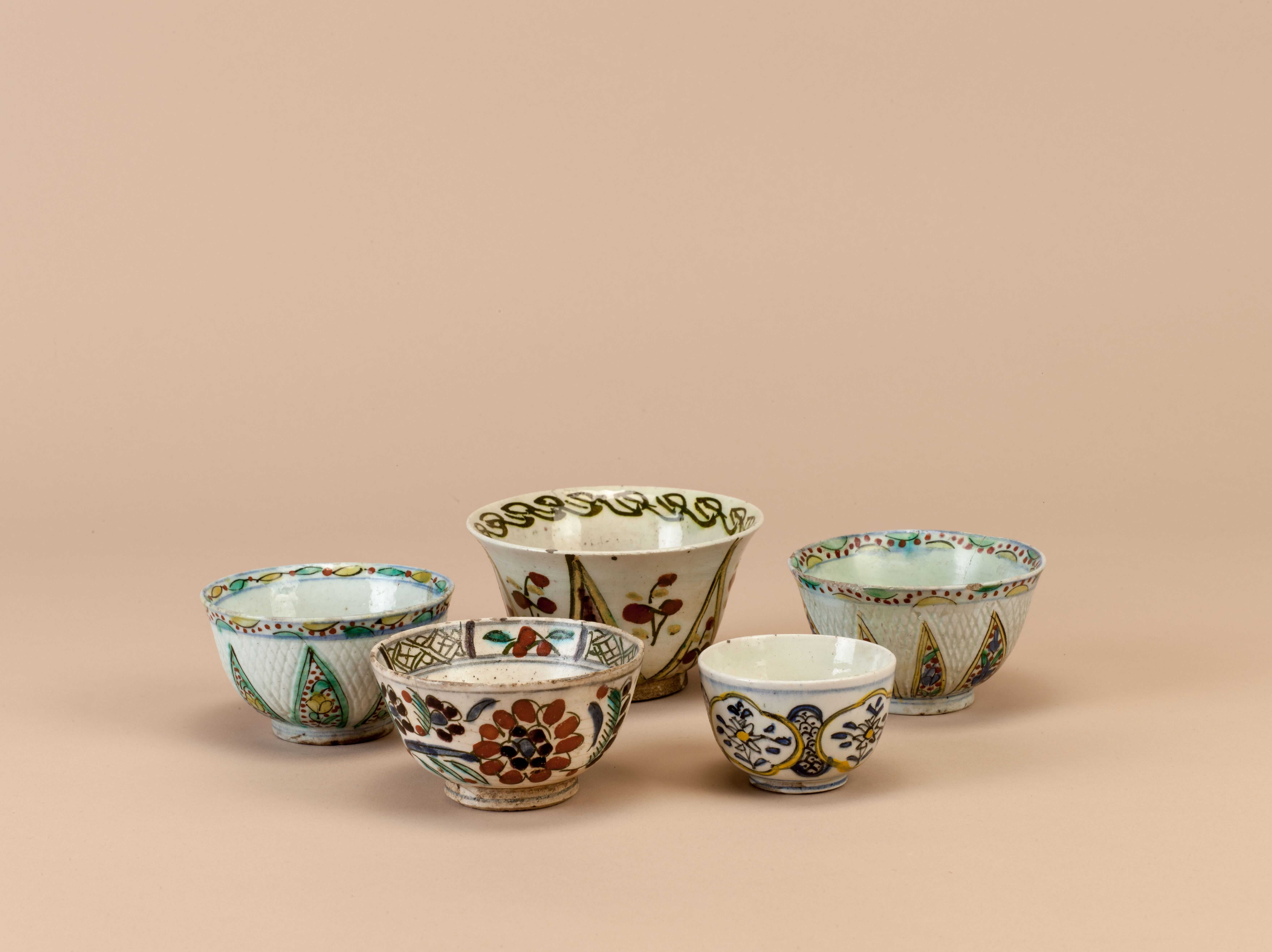Artist Talk
June 9, 2016 / 18:30
Artist Bahia Shehab will give a talk titled “Excavating the Future.” This event is presented in conjunction to the Jameel Prize 4 exhibition organised by the Victoria and Albert Museum, London in partnership with Art Jameel, and in collaboration with the Pera Museum.
About Bahia Shehab
Bahia Shehab is a Lebanese-Egyptian artist, designer and art historian. She is associate professor of design, director of the visual cultures program and founder of the graphic design program at The American University in Cairo. Her artwork has been on display in exhibitions, galleries and streets in Canada, China, Denmark, France, Germany, Italy, Lebanon, Morocco, UAE and the US. The documentary Nefertiti's Daughters featuring her street artwork during the Egyptian uprising was released in 2015. Her book "A Thousand Times NO: The Visual History of Lam-Alif" was published in 2010 and the artwork by the same title is on the shortlist for the V&A’s Jameel Prize for 2016. She is a 2012 TED Fellow and a 2016 TED Senior Fellow. Bahia was selected as one of BBC’s 100 Women for two consecutive years, in 2013 and 2014.
Free of admissions, drop in.
The talk will be in English with simultaneous translation to Turkish.
In partnership with
Temporary Exhibition
Jameel Prize 4 exhibition in Istanbul organized by the Victoria and Albert Museum, London in partnership with Art Jameel, and in collaboration with the Pera Museum.
Click for more information about the exhibition.


Berggren acquires the techniques of photography in Berlin and holds different jobs in various European cities before arriving in İstanbul. Initially en route to Marseille, he disembarks from his ship in 1866 and settles in İstanbul, where he is to spend the rest of his life.

Coffee was served with much splendor at the harems of the Ottoman palace and mansions. First, sweets (usually jam) was served on silverware, followed by coffee serving. The coffee jug would be placed in a sitil (brazier), which had three chains on its sides for carrying, had cinders in the middle, and was made of tombac, silver or brass. The sitil had a satin or silk cover embroidered with silver thread, tinsel, sequin or even pearls and diamonds.

1638, the year Louis XIV was born –his second name, Dieudonné, alluding to his God-given status– saw the diffusion of a cult of maternity encouraged by the very devout Anne of Austria, in thanks for the miracle by which she had given birth to an heir to the French throne. Simon François de Tours (1606-1671) painted the Queen in the guise of the Virgin Mary, and the young Louis XIV as the infant Jesus, in the allegorical portrait now in the Bishop’s Palace at Sens.
Tuesday - Saturday 10:00 - 19:00
Friday 10:00 - 22:00
Sunday 12:00 - 18:00
The museum is closed on Mondays.
On Wednesdays, the students can
visit the museum free of admission.
Full ticket: 300 TL
Discounted: 150 TL
Groups: 200 TL (minimum 10 people)